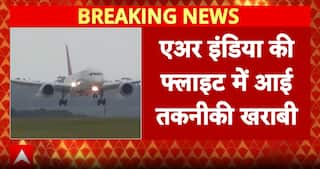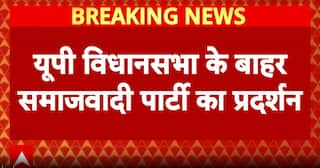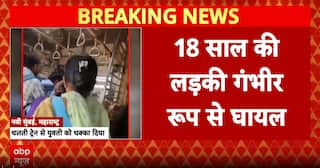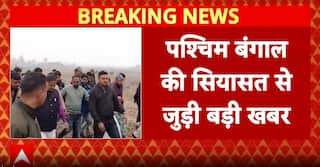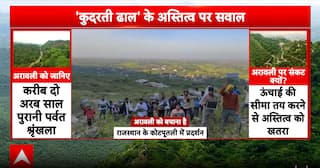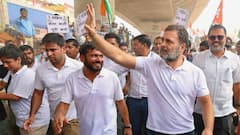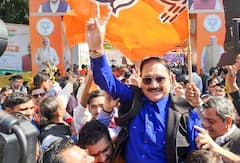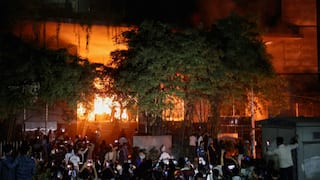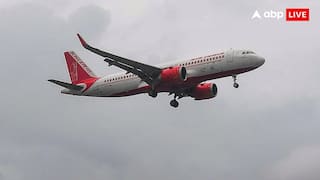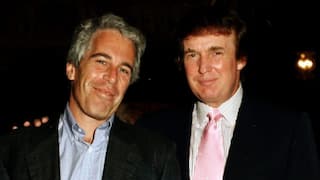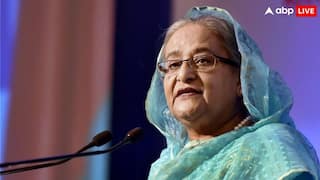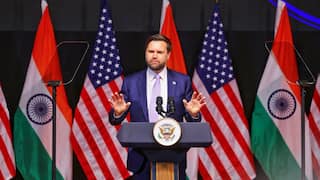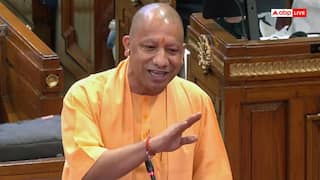Explorer
Narendra Modi's incredible journey: From a tea seller to the Prime Minister
Narendra Modi steamrolled all opposition parties to help the BJP achieve a landslide victory in 2014 Lok Sabha elections. He is now seeking a second term as Prime Minister.

Narendra Modi takes oath as the 15th Prime Minister of India, at a ceremony at Rashtrapati Bhavan on May 26, 2014 in New Delhi. Getty Images
He was born on September 17, 1950 to Damodardas Mulchand Modi and Heeraben Modi in the historical Vadnagar town of Gujarat. The couple had six children among whom he was the third. Coming from a backward ‘Modh Ghanchi’ (oil-pressers) community, the rise of Narendra Modi is phenomenal. Ghanchis belong to the OBC category and Modh-Ghanchi is a faction in the Ghanchi caste. At a tender age, Modi used to sell tea, first at the railway station of his town and later at the canteen of Ahmedabad city bus terminal. However, there are many of his critics who contest his claim of having sold tea. He was inspired by life and teachings of Gautam Buddha and Swami Vivekananda, and left his home in the youth at 17 to travel across India. Two years later, when he came back, he decided to work for the RSS. It was in 1972, he joined the RSS as a pracharak, giving his full time to the organisation. Modi completed his studies against all odds, and obtained an M.A. degree in political science from Gujarat University in Ahmadabad. When emergency was imposed by then Prime Minister Indira Gandhi in 1975, Modi flung himself in the movement against it. His contribution to the anti-emergency movement impressed senior party leaders. As a result, he was appointed the regional organiser of the newly-formed BJP in Gujarat. It was in 1987 that Modi was deputed by the RSS for politics to the BJP, and a year later he was made the general secretary of the Gujarat unit of the party. Modi held several positions within the BJP hierarchy. Modi worked as a backroom party office-bearer and key strategist to help the BJP emerge as a formidable force in Gujarat. When BJP patriarch LK Advani took out the Rath Yatra from Somnath in Gujarat to Ayodhya in Uttar Pradesh in 1990 , Modi was his foot-soldier in his home state. In 1990, he was in the core team to strategize for the Assembly elections, the results of which brought an end to a decade of Congress rule. The grand old party was down to 33 seats from 149 in 1985. The BJP entered in to an alliance with the Janta Dal, which formed the government in the state. Though the coalition was short-lived but the saffron party emerged as a force to reckon with. Modi also helped the BJP achieve historic success in the 1995 Assembly elections. The party contested polls on all 182 seats and won 121 of them, to form the government. In 1996, Modi joined the ranks of senior leaders and went to Delhi as a National Secretary of the BJP. He was later appointed as General Secretary of the party. As GS, Modi played a key role in campaigning for 1998 and 1999 Lok Sabha polls for the BJP. The saffron party emerged as the single largest party in both elections and formed the government at the Centre under Atal Bihari Vajpayee. In 2001, Chief Minister Keshubhai Patel was held responsible for Gujarat government’s poor response in the aftermath of the massive Bhuj earthquake, in which over 20,000 people were killed. In October that year, the BJP removed Patel and Modi was brought in from Delhi to Gujarat as Chief Minister, despite his lack of experience in governance. In February 2002, Modi entered his first-ever electoral contest in a by-election from Rajkot II assembly constituency and won. Just five months after he took over as Chief Minister, Modi controversially came into limelight in the wake of 2002 riots triggered after 59 ‘Kar Sewaks’ were killed in a fire in a compartment in Sabarmati Express train incident on February 27, 2002. His detractors accused Modi of inaction during riots, but all the subsequent investigations, including one directly under the supervision of Supreme Court-appointed Special Investigations Team (SIT) and subsequent court ruling have given clean chit to him. Modi mastered the art of converting adversities into opportunities and his repeated success in Gujarat made him an indispensable leader within the party. In December 2002 Assembly elections, the BJP won 127 of the 182 seats; and in 2007, with development as its poll plank, the saffron party got 117 seats, giving Modi another term in office. In July 2007, the man who started as a tea-seller became the longest-serving Chief Minister in Gujarat's political history. During his tenure, Modi did some pioneering work in Gujarat and batted on developmental politics, decimating the Congress party. He crafted an image of an able administrator. In 2012, the BJP under Modi prevailed again Gujarat, garnering 115 seats. Rising high on popularity due to his electoral performances, Modi emerged as BJP’s prime ministerial candidate in 2014 pipping LK Advani among others. During the campaign, he virtually blanked out all others in the party and became its sole face. Modi mounted an untiring campaign criss-crossing the country for the 2014 poll and it's during this electioneering the term 'Modi wave' was coined for the first time. And when the results of Lok Sabha polls were announced on May 16, 2014, Narendra Modi, who promised the country to bring 'Acche Din', steamrolled all opposition parties to help the BJP achieve a landslide victory that no party could get after Rajiv Gandhi’s '400 plus' blitzkrieg in 1984. The BJP-led NDA won 336 of the total 543 seats, with the saffron party bagging a majority on its own by emerging victorious in 282 seats. Modi, now 68, took oath as the Prime Minister of India on May 26, 2014.
Follow Election 2025 News on ABP Live for more latest stories and trending topics. Watch breaking news and top headlines online on ABP News LIVE TV
Read more






